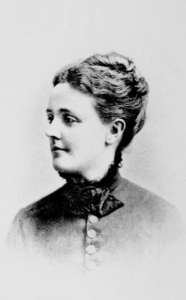Lake Life Today: #3: While planning for the future
 submitted by Elaine Philbrook
submitted by Elaine Philbrook
Lake Life Today is a series of articles that it is hoped will inspire you to see how, by taking just a few steps, you can make a difference and help preserve the quality of water in our lakes for future generations.
These articles have been collected and organized by LakeSmart Director Elaine Philbrook, a member of China Region Lake Alliance (aka “the Alliance”) serving China Lake, Webber Pond, Three Mile Pond, and Three-Cornered Pond. The Alliance thanks our partners at Maine Lakes and Lakes Environmental Association (LEA) for information to support this article.
The Value of a Watershed
A lake’s watershed is the area of surrounding land that channels rainfall and snowmelt via creeks, streams, rivers, ditches, storm drains, and groundwater to the lake. Watersheds supply the water that replenishes our lakes, along with other elements critical to supporting life, such as nutrients and organic matter. Water moves through a never-ending loop from sky to land and back in various states of gas, liquid or solid, through a process known as the Water Cycle.
An undeveloped watershed helps keep lakes and rivers clean by absorbing rainfall and keeping excess nutrients, such as phosphorous, out of our waterbodies. Multiple layers of vegetation, from the tallest trees to tiny seedlings, and from shrubs to ferns and perennials growing on the forest floor, all help to intercept intense rain events, reducing the amount of water hitting the forest floor. Loose, deep layers of “duff” (accumulation of leaves and decaying organic matter on the forest floor) help to absorb water and nutrients, minimizing flow directly into waterbodies.
However, many of us live in a developed watershed. Developed watersheds have roads, houses and rooftops, manicured lawns, driveways, and parking lots that are known as impervious surfaces. These impenetrable surfaces prevent rain from soaking into the ground. Instead, rain channels over these impervious surfaces which then gather speed and size (i.e., volume) as well as excess nutrients as soil is eroded. Culverts, ditches, and storm water systems transport eroded soil and direct the flow of rainwater to our waterbodies (this is the brown storm water we see headed for the lake). While this is happening, many smaller sources of erosion around homes and camps are also contributing sources of pollutants and excessive nutrients into our lakes and ponds.
We all live in a watershed. Even if we are miles away from a lake, our actions can have consequences downstream that could be detrimental to our lake’s water quality. The bottom line is that the health of Maine’s lakes and ponds is determined by what happens in their surrounding watersheds.
If you would like to learn more about China Lake’s Watershed you can view the 2022-2023 Watershed Based Management Plan here.
If you have any questions about what you can do to ensure the integrity of your valued lake or if you would like a free LakeSmart evaluation you can reach Elaine Philbrook by email at chinalakesmart@gmail.com and follow-up to read the next Townline newspaper.
Live lightly on the land for the sake of the lake (LakeSmart).



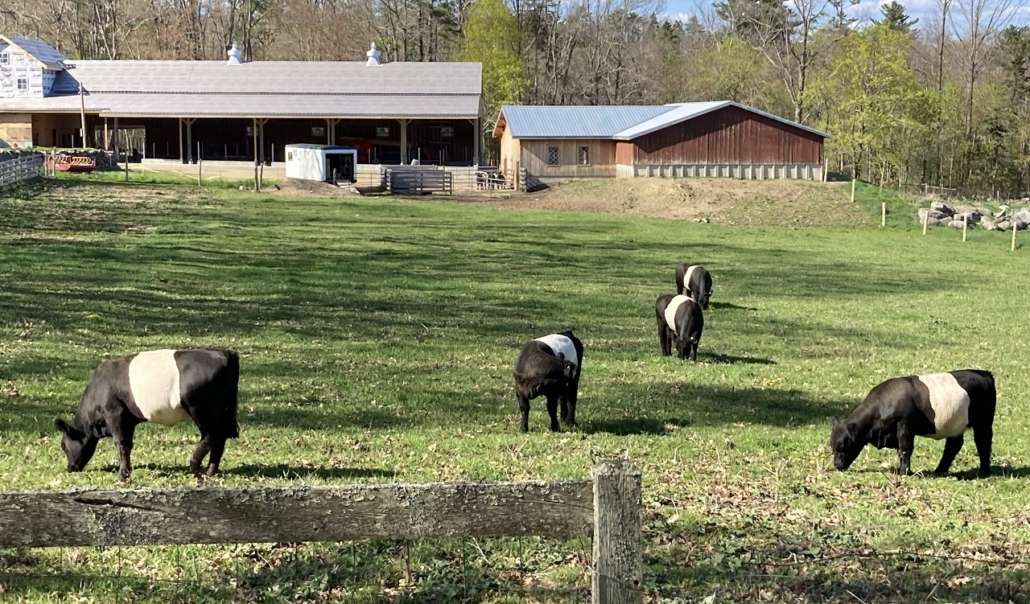



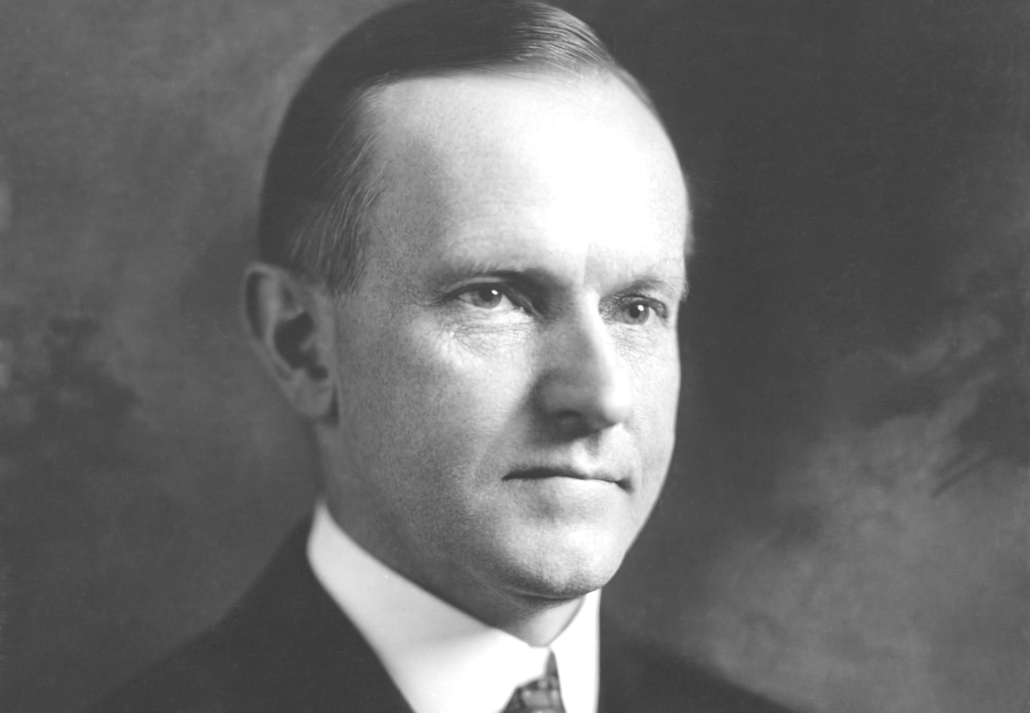
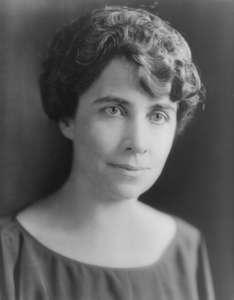
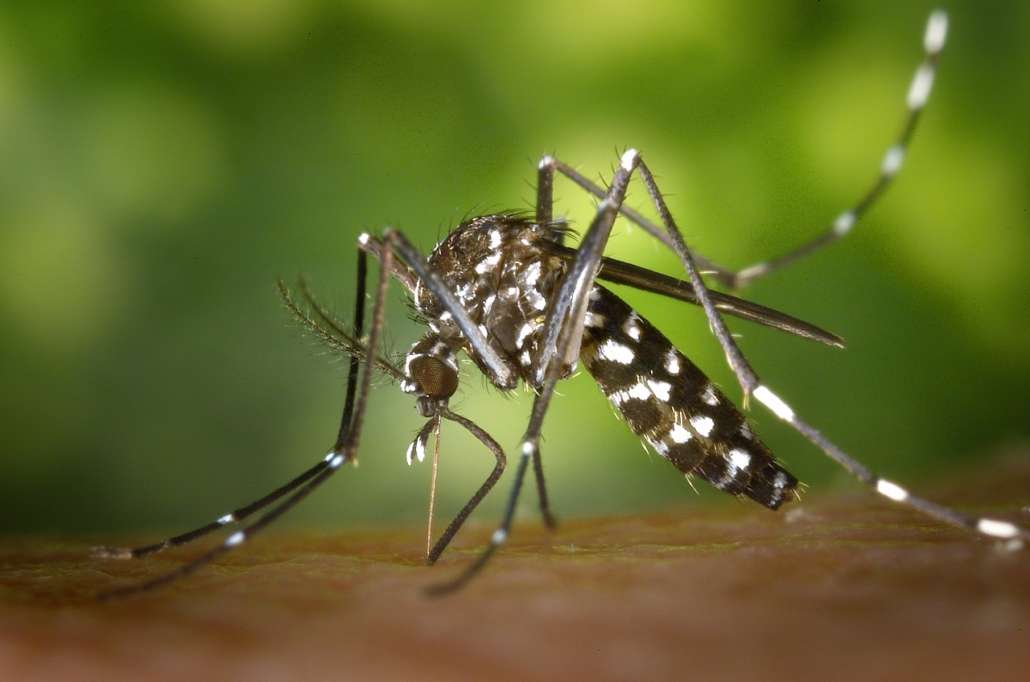

 (NAPSI)—You work hard to help keep yourself and your loved ones healthy. To help, the National Institute of Neurological Disorders and Stroke (NINDS) reminds everyone that stroke is a leading cause of death and disability in the United States. About 800,000 people in the country have a stroke each year. The good news is, when treated quickly, survival is possible and damage can be greatly reduced. That’s why understanding your risk for stroke, knowing signs of stroke, and acting in time are critical and can make all the difference for you or someone you care for. If you have a greater chance of stroke, there are also steps you can take now to help prevent one.
(NAPSI)—You work hard to help keep yourself and your loved ones healthy. To help, the National Institute of Neurological Disorders and Stroke (NINDS) reminds everyone that stroke is a leading cause of death and disability in the United States. About 800,000 people in the country have a stroke each year. The good news is, when treated quickly, survival is possible and damage can be greatly reduced. That’s why understanding your risk for stroke, knowing signs of stroke, and acting in time are critical and can make all the difference for you or someone you care for. If you have a greater chance of stroke, there are also steps you can take now to help prevent one.

